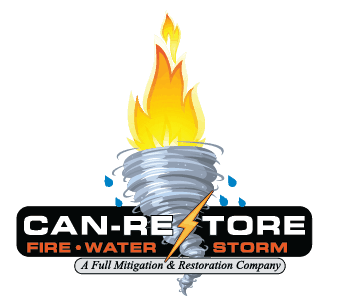What should you know about mold removal services before it’s too late?

Read on for the mold facts, not the mold fiction, you need now:
What Is Mold?
Mold is more than just the green stuff on the sandwich that got shoved to the back of the fridge and forgotten. Mold is one of nature’s greatest assistants when it comes to breaking down organic material so that new growth can occur. Mold is made up of microorganisms whose primary job is to help decompose dead organic material such as leaves, trees, wood, and plants.
Mold needs water or moisture to grow and thrive. It also needs food which can be anything from dead leaves to paper to drywall material. To use these as a food source, mold secretes digestive fluids that then decompose the organic material while turning it into nutrients. The bad news is that mold does not grow only on organic materials. Though it can’t get nutrients from surfaces such as concrete and plastic, it can still grow and colonize on these synthetic materials—materials that are plentiful in most homes.
Mold in Your Home
Because mold can grow almost anywhere, it can grow in your home as long as it’s warm and there is moisture, oxygen, and nutrients. So pretty much any average home. And mold can spread like wildfire by moving out across surfaces but also by releasing spores that can become airborne and travel to other locations to take root.
The primary reason for mold growth in a home is excess water or moisture. This can come from a cracked foundation that causes the basement to become wet, a leaky pipe, a flood from a broken appliance, or from excess water from a weather incident that gets into your home. When it comes to mold in your house, it always starts with water.
The Dangers of Mold
Low levels of mold are present every day in the world around us and generally have no effect on healthy individuals. When it becomes dangerous is when there is a large amount of mold in an enclosed space that creates constant and persistent exposure. Individuals react differently to mold exposure but the primary symptoms of mold exposure include headaches, stuffy nose and irritated sinuses, itchy eyes, rashes, cough or congestion, asthma or related respiratory issues, fatigue, and even neurological issues.
Mold Removal Services for Your Home
If you know, or even suspect, you have mold in your home, it’s important not to ignore it. The first thing to consider is the source of the water that is causing the mold to grow in the first place. If you’ve had a flood or if you have a leak in your house, getting that fixed is the first step.
Once the water is removed, removing the mold is next. It’s critical that mold removal is done correctly by trained and certified professionals. If mold is removed improperly without the right removal equipment and, more importantly the right personal and structural protection equipment, the mold can not only spread to other areas of your home making the situation worse, but it can also be inhaled or come in contact with the people in your home creating a huge health hazard.
If you suspect you have mold in your home, don’t take any chances putting your loved ones at risk. Bring in the experts for professional treatment to stop it, get rid of it, and prevent it. Contact Can-Restore for help with mold removal by calling (770) 735-2695 or by clicking here.

